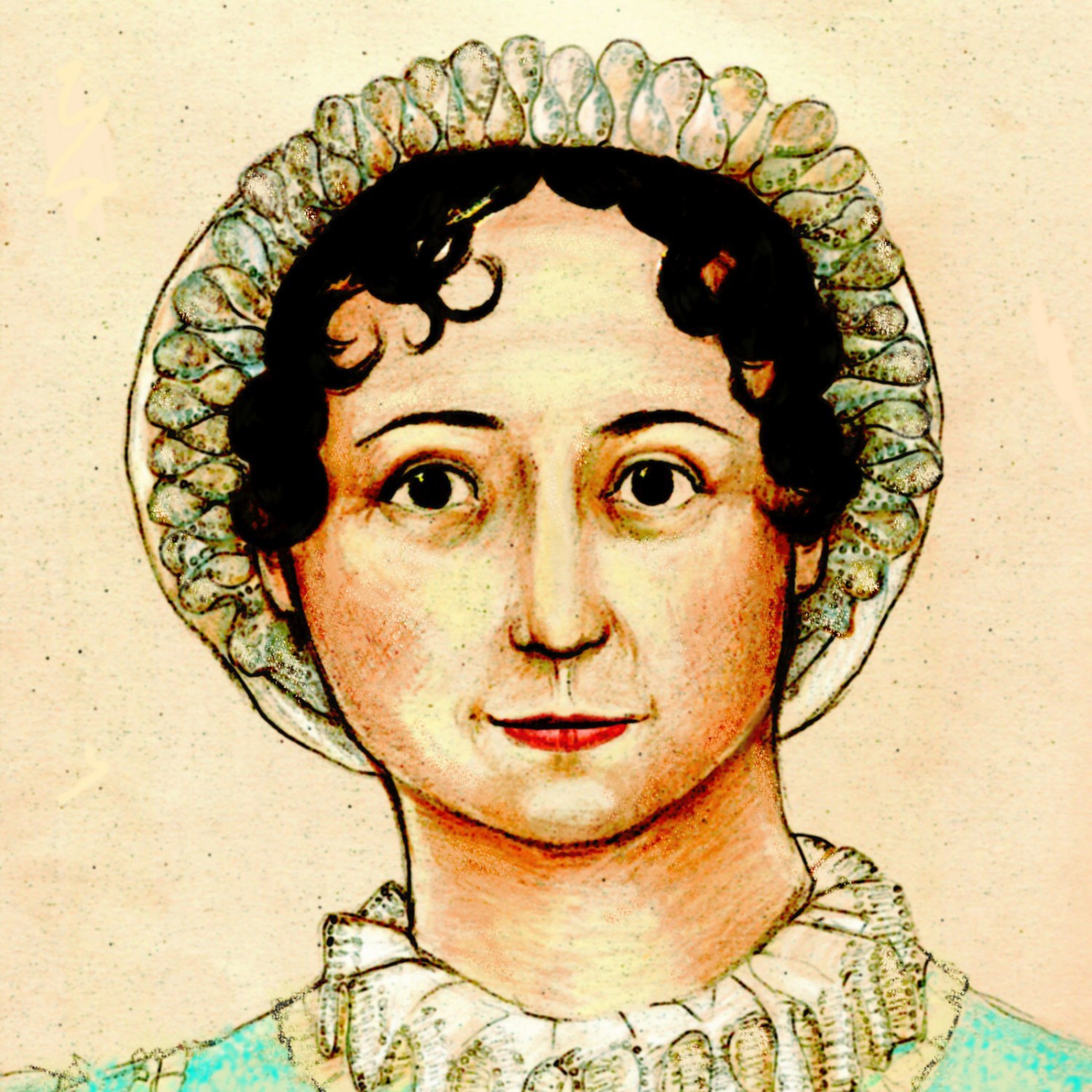 Review by Allison T.
Review by Allison T.
One reason why Austen’s works have held up so well over the years is their relatively spare use of description, either of places or of people or of things. Even a young, inexperienced reader can gallop along devouring the essence of the story without bothering too much about the differences between John Thorpe’s gig and Mr. Suckling’s barouche. And when I say “differences,” I don’t just mean differences in the number of wheels or horses involved. I mean that it is relatively easy to understand from Austen’s succinct prose that John is driving (badly) a sporting vehicle pulled by one slow horse while Mrs. Elton is referring to a grander carriage that somehow confers social distinction.
But at some point the reader may well want to know more about specific objects or actions mentioned in Austen’s works. Pauline E. Kelly’s Jane Austen Dictionary; A guide to the language in Jane Austen’s novels will partially fill the bill.
Kelly uses pictures and quotations from Austen’s novels and letters to define words like gape, quiz and banns as well as objects like barouche, reticule and pelisse, moonlight and Queen Mab. Queen Mab? I could think of no reference to Queen Mab in Austen’s work until I saw that it is the name of the horse he that Willoughby wishes to give Marianne Dashwood.
For her definition, Kelly gives Mercutio’s long speech from Romeo & Juliet that references the fairy queen visiting lovers in their sleep—but also tormenting people with bad dreams, spoiling the milk, and plaiting horses’ manes. The quotations as definition is simultaneously too much and too little—we don’t really need the whole speech to understand the reference, yet Kelly doesn’t directly connect the fanciful (yet also rather spiteful) image to a dainty, high-stepping mare suitable to carry the ethereal and romantic Marianne. Mab may be Queen of the Fairies, but there is also a dark, twisted side to her, just as Willoughby’s offer of the horse to a lady who is not yet his wife is an improper advance.
Similarly the word “set” is defined as “The basic formation in the dance.” This is not exactly wrong—one does take one’s place in the set (though more often simply “in the dance”), but it is not wholly correct, either. In Austen’s lifetime, country dances in long “sets” were popular, but so were cotillons for two or four couples in a square and quadrilles for four or even eight couples in a square. In my research I’ve seen the word “set” used more often in non-dance terms to mean a coterie or assembly of like-minded spirits as in “the Devonshire House set” or “the Prince of Wales’ set.” So Kelly’s definition is correct—a basic dance formation—but incomplete as there are more than one dance formations and more than one uses of the word. Similarly, when defining “coming out,” Kelly describes the formal presentation of a social aspirant to the Queen at the Court of St. James with details that seem to me to be more mid- to late-Victorian than Regency era. This discussion is a little odd given that none of Austen’s heroines (nor Jane or Cassandra either for that matter) make their debut in the way described—does that mean they did not come out? Of course not!
To continue with the nit-picking, to look at a picture of the elderly Queen Victoria in a chaise and four (page 20) and suggest that her vehicle was the same as a Regency era chaise from almost one hundred years prior is like showing an alien a Model T Ford and saying that it is a car just exactly like a modern hybrid. Yup, they both have internal combustion engines and four wheels and a handful of other features in common, but they are not the same thing. This willingness to conflate decades if not centuries in terms of accuracy of historical research is a big problem in the world of Austen sequels, prequels and continuations.
Thus, while Kelly’s definitions are pleasant and generally correct, the incompleteness of some of the definitions and the fact that no sources are given for any of them troubles The Scholar. (Kelly attempts to disarm reproof by disclaiming this as a scholarly work from the get-go, but that seems a tad disingenuous to me—does one stand behind one’s definitions or not?) Furthermore, it is difficult from the typesetting style to know in some instances whether she is providing more detail on a topic in her own words or is quoting another source. Overall, Pauline Kelly’s Jane Austen Dictionary will make a pleasant gift to a young reader new to Austen’s world, but serious Janeites will be disappointed.
The book is available through the author’s website, and also through Amazon.com and Barnes and Noble.com.

I had the same reaction. I was not sure which audience this author was gunning for. Fangirl, enthusiast, dilettante? There is definite market for gift books in this vein. The price was also not in line with the content. I have found Kristin Olsen’s All Things Austen: A Concise Encyclopedia of Austen’s World indespensible. Thanks for the insightful review Allison.
LikeLike